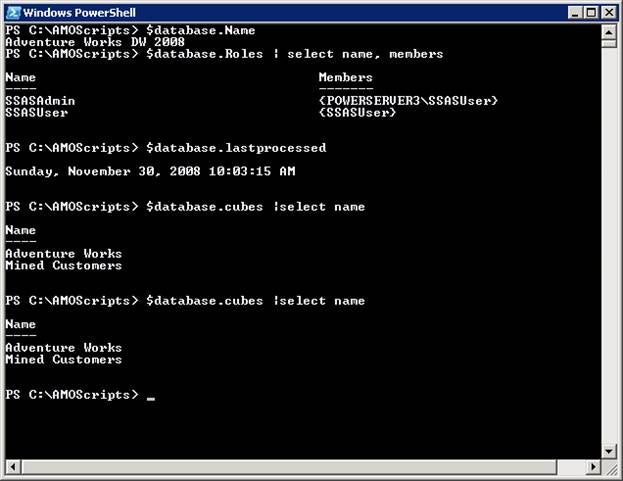
The growing role of operational databases in the IT industry is moving fast from legacy databases to real-time operational databases capable to handle distributed web and mobile demand and to address Big data challenges. Operational databases are increasingly supporting distributed database architecture that can leverage distribution to provide high availability and fault tolerance through replication and scale out ability.

NoSQL databases typically have focused on scalability and have renounced to data consistency by not providing transactions as OLTP system do. Today, the operational DBMS market (formerly OLTP) is evolving dramatically, with new, innovative entrants and incumbents supporting the growing use of unstructured data and NoSQL DBMS engines, as well as XML databases and NewSQL databases. Since the early 90s, the operational database software market has been largely taken over by SQL engines. Basically, the consistency of the data is guaranteed in the case of failures and/or concurrent access to the data. OLTP databases provide transactions as main abstraction to guarantee data consistency that guarantee the so-called ACID properties. Operational databases allow you to modify that data (add, change or delete data), doing it in real-time. These types of databases allow users to do more than simply view archived data.
ADVENTUREWORKS DATABASE CUSTOMERS FROM CALIFORNIA UPDATE
Operational database management systems (also referred to as OLTP On Line Transaction Processing databases), are used to update data in real-time. ( March 2013) ( Learn how and when to remove this template message)

Please help to improve this article by introducing more precise citations. This article includes a list of general references, but it remains largely unverified because it lacks sufficient corresponding inline citations.


 0 kommentar(er)
0 kommentar(er)
